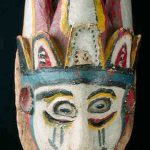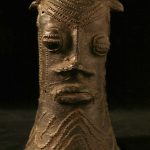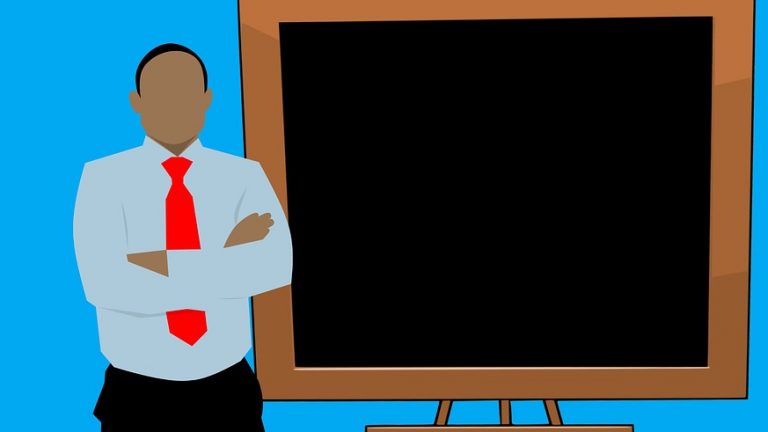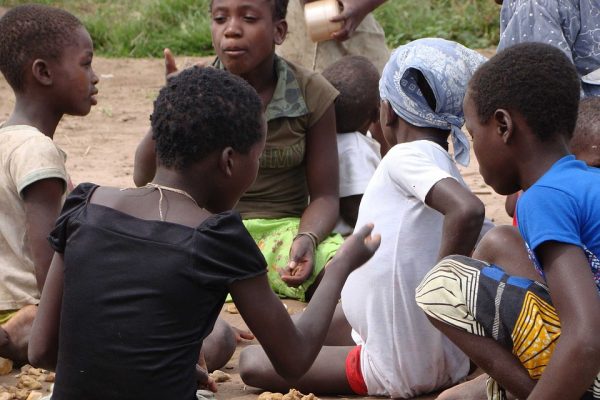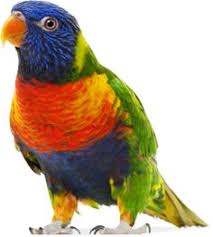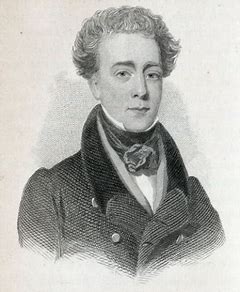The website’s in-house teacher has assumed duty in the Kigala Klassroom, beginning his teaching of Igala language from the cradle – the ABC of education, the alphabet.
When a child is born, its mind is completely clean, like a blank slate or tabula rasa. Then, physical impressions and psychological responses come together to influence its mind. The child’s first teacher is, naturally, its mother; later, the nursery school teacher joins her in his education, beginning with learning to read and write.
Learning to read and write any language usually begins with the alphabet; and Igala language is no exception.
IGALA ALPHABET
A B CH D E Ẹ F G GB GW H I J K KP KW L M N NY Ñ ÑM ÑW O Ọ P R T U W Y
The Igala alphabet, shown above, has thirty-one (31) letters; and it was created from the English Alphabet (shown below), which has five (5) vowels and nineteen (19) consonants, as shown below:
ENGLISH ALPHABET
A B C D E F G H
I J K L M N O P
Q R S T U V W X
Y Z
FEATURES OF THE IGALA ALPHABET
The Igala alphabet has seven (7) vowels, namely:
Aa Ee Ẹẹ Ii Oo Ọọ Uu
It has twenty-four (24) consonants, namely:
b, ch, d, f, g, gb, gw, h, j, k, kp, kw, l, m, n, ny, ñ, ñm, ñw, p, r, t, w, y.
It has sixteen (16) single-letter consonants:
b, d, f, g, h, j, k, l, m, n, ñ, p, r, t, w, y.
It has eight (8) paired consonant letters: ch, gb, gw, kp, kw, ny, ñm, ñw
MEMORIZING THE ALPHABET
Reciting the alphabet repeatedly in and out of the classroom helps the Igala learner to memorize it.
NURSERY RHYME: ÁÀ-ÉÈ
The Igala alphabet is patterned into a nursery rhyme, fondly called ‘Áà – Éè,’ (sounding like “Ah! Hey!”). its constant recitation makes it easy for learners to memorize the alphabet. The structure of this magic rhyme is as follows:
- The first line comprises all the seven vowels – a e ẹ i o ọ u – each serving as the beginning of seven vertical columns, under which the 24 consonants fall in alphabetical order.
- The second line begins with the first consonant, letter ‘b,’ prefixed to the first vowel, ‘a,’ which is then duplicated, bearing a high-low sound, as in the exclamation , “Ah!” The syllable thus formed is pronounced ‘báà.‘ It is then prefixed to the next vowel, ‘e’ duplicated, sounding ‘béè,’ then, to ‘bẹ́ẹ̀,’ ‘bíì,’ ‘bóò,’ ‘bọ́ọ̀,’ ‘bù.’ The next consonant, ‘ch,’ continues until all the 24 consonant letters have had their turns to be prefixed to each of the seven vowel letters in their respective columns, as shown below:
- à éè ẹ́ẹ̀ íì óo ọ́ọ̀ ù.
- báà béè bẹ́ẹ̀ bíì bóò bọ́ọ̀ bù.
- cháà chéè chẹ́ẹ̀ chíì chóò chọ́ọ̀ chù
- dáà déè dẹ́ẹ̀ díì dóò dọ́ọ̀ dù
- fáà féè fẹ́ẹ̀ fíì fóò fọ́ọ̀ fù
- gáà géè gẹ́ẹ̀ gíì góò gọ́ọ̀ gù
- gbáà gbéè gbẹ́ẹ̀ gbíì gbóò gbọ́ọ̀ gbù
- gwáà gwéè gwẹ́ẹ̀ gwíì gwóò gwọ́ọ̀ gwù
- háà héè hẹ́ẹ̀ híì hóò họ́ọ̀ hù
- jáà jéè jẹ́ẹ̀ jíì jóò jọ́ọ̀ jù
- káà kéè kẹ́ẹ̀ kíì kóò kọ́ọ̀ kù
- kpáà kpéè kpẹ́ẹ̀ kpíì kpóò kpọ́ọ̀ kpù
- kwáà kwéè kwẹ́ẹ̀ kwíì kwóò kwọ́ọ̀ kwù
- láà léè lẹ́ líì lóò lọ́ọ̀ lù
- máà méè mẹ́ẹ̀ míì móò mọ́ọ̀ mù
- náà néè nẹ́ẹ̀ níì nóò nọ́ọ̀ nù
- nyáà nyéè nyẹ́ẹ̀ nyí nyóò nyọ́ọ̀ nyù
- ñáà ñéè ñẹ́ẹ̀ ñíì ñóò ñọ́ọ̀ ñù
- ñmáà ñméè ñmẹ́ẹ̀ ñmíì ñmóò ñmọ́ọ̀ ñmù
- ñwáà ñwéè ñwẹ́ẹ̀ ñwí ñwóò ñwọ́ọ̀ ñwù
- páà péè pẹ́ẹ̀ píì póò pọ́ọ̀ pù
- ráà réè rẹ́ẹ̀ ríì róò rọ́ọ̀ rù
- táà téè tẹ́ẹ̀ tíì tóò tó tù
- wáà wéè wẹ́ẹ̀ wíì wóò wọ́ọ̀ wù
- yáà yéè yẹ́ẹ̀ yíì yóò yọ́ọ̀ p

